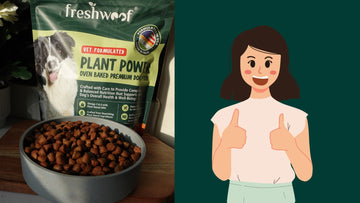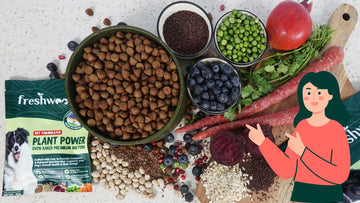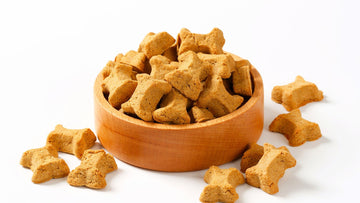You may find yourself in a position where you are willing to change your dog’s diet, the reason could be anything. Your pooch might be facing some health issues, your puppy is turning into an adult so you want to switch from puppy to adult food or you feel that the current food is worsening the health of your pet.
Switching food sounds like an easy task, right? Yes, of course, it is easy but you will need to make the transition to the new food the right way. Any time you decide to change your dog’s food, you should make the transition to the new diet gradually in order to give your dog’s body time to adjust to the change. Simply introduce new food to the dog by gradually decreasing the amount of old food and increasing the amount of a new one. Suddenly introducing the new food to dogs, in some cases, can cause stomach upset, vomiting, diarrhea, and a decreased appetite. Ideally, the transition process takes place for approximately 10 days. For most of the dogs the transition will look like this:
- Day 1-3: 25% new food and 75% old food.
- Day 4-6: 50% of new food and 50% old food.
- Day 7-9: 75% new dog food and 25% old food.
- Day 10: 100% new food.
This technique is simple and will work for the majority of dogs. But some dogs with issues like stomach upset, food allergies, and gastrointestinal diseases may need longer transition period. Some pet owners may also encounter a situation where the pet just doesn’t want to eat the new healthier food, they want their old food which they had been consuming for years. Here, you have to act as a wise pet-parent. Don’t let your fuzzy eater hinder your judgment about what’s best for your pup. There are plenty of finicky eaters out there who are addicted to the old food and see the new food as something inedible. In this situation, you have to go a step ahead, let your dog fast. Not talking about starving them out, let them fast for half-day. Fasting is helpful in stimulating appetite, cleaning the body and modifies old taste habits. If half-day fast isn’t working, go for a full-day fast. It might be difficult for you to see your pet hungry but you have to stay strong, you’re doing this for their health. Moreover fasting for 1 to 2 days is completely natural for dogs. But make sure your pet has proper access to freshwater and fresh air.
If your pet’s body is not in a healthy state, a change to a healthier diet can result in a cleansing process. Your pet has been eating over-processed food for years that was packed with harmful and unhealthy ingredients, so when they switch to healthier diet unusual things will begin to happen. They may face a lot of discharge from different excretory organs. The urine might turn darker and smelly. Old dead hairs may start falling so that new healthy hairs could take their place. All these are the signs that the body is healing from the damage done by the harmful chemical-based food. This process of healing may upset you, but don’t think you have done something wrong with your fur-baby. These signs are proof that you have gotten things moving in a positive direction.
There are various herbs that may ease this process of switching food. Herbs like Alfalfa improve physical and mental health, burdock cleanses the body and removes the toxins, and garlic (in very limited quantity) helps in de-worming and strengthens digestion. Oats cleanses the body and promote tissue growth. Feeding these herbs in the right amount can result in multiple benefits to the body.
Although, most of the animals that switch to a healthier diet do not face these problems. The majority enjoys the switch and leads a healthy happy life.
Hope the transition process hasn’t discouraged you from making the switch. May the “switch” go well for you and your beloved pets!
Happy feeding!





